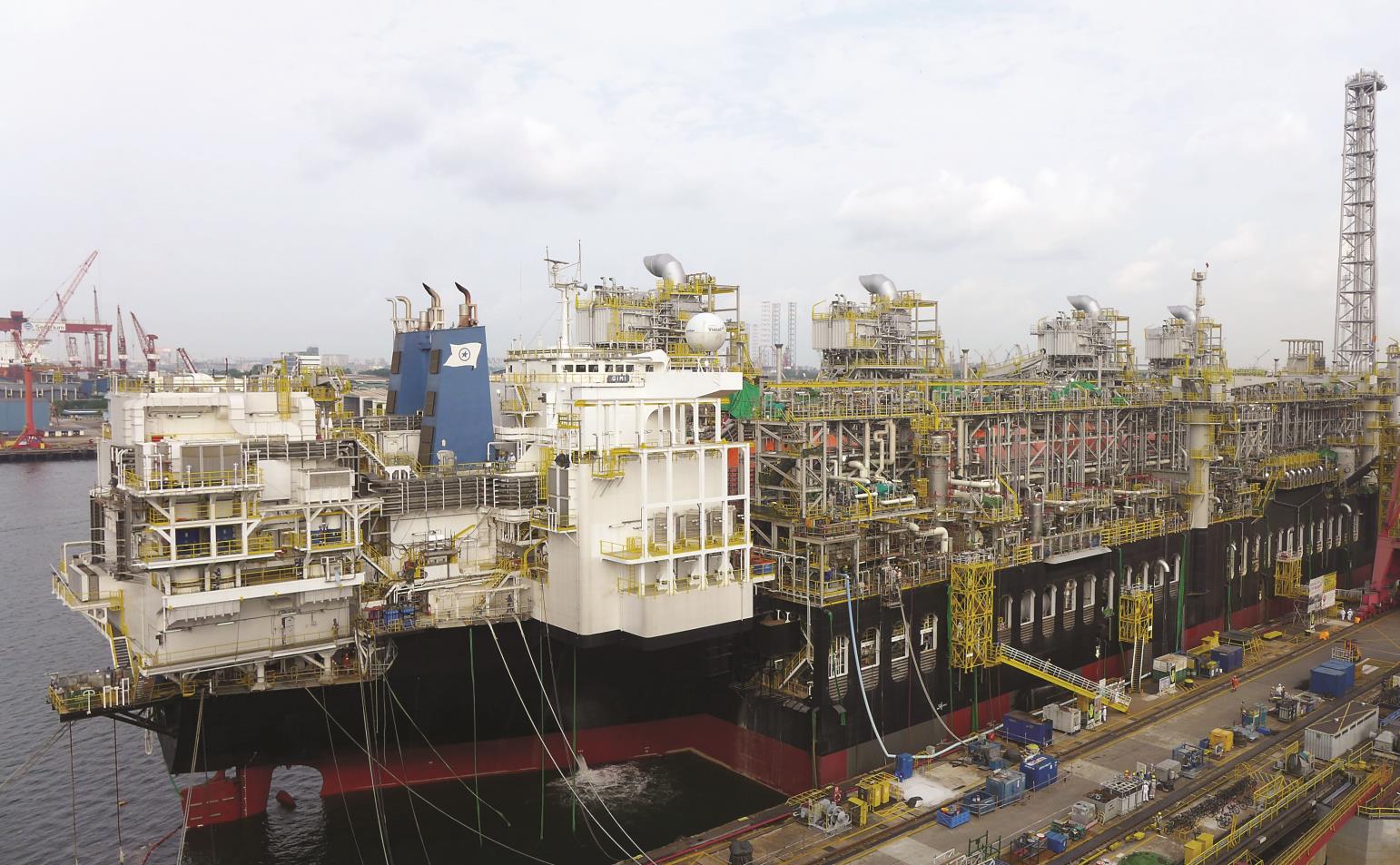UK-based energy giant BP is “hopeful” that it will launch the first phase of its Greater Tortue Ahmeyim FLNG project located offshore Mauritania and Senegal in the first quarter of 2024, according to its interim CEO Murray Auchincloss.
BP said in its second-quarter report that the launch of the Tortue FLNG project will be pushed back to the first quarter of 2024, while project partner Kosmos Energy said this is due to a delay in the subsea workstream.
Also, BP recently selected Swiss-based offshore contractor Allseas to complete the remaining subsea pipelay scope for the FLNG project, replacing previous contractor Houston-based McDermott.
“As far as Tortue goes on Phase 1 itself, we’re at about 90 percent complete now. The offshore breakwater and facilities are complete and handed over to operations,” Auchincloss told analysts during BP’s third-quarter earnings call on Tuesday.
He said that BP expects the project’s FLNG to leave Singapore by the end of the year.
Golar LNG said in August that it expected the converted floating LNG producer, Gimi, to leave Seatrium’s yard in Singapore in September and after that it moved the departure to October.
The 2.5 mtpa FLNG was on Wednesday still located at the yard, according to its AIS data.
Gimi will serve BP’s Tortue FLNG project under a 20-year charter deal.
Moreover, the project’s floating production, storage and offloading (FPSO) unit left Cosco Shipping Heavy Industry’s yard in Qidong, China in January this year.
The GTA FPSO was on Wednesday located offshore Maputo, South Africa, its AIS data shows.
“The FPSO has left China and Singapore, and it’s on its way to West Africa,” Auchincloss said.
Following completion of commissioning activities at the site offshore Mauritania and Senegal, the FPSO will process natural gas – removing condensate, water, and other impurities – before exporting it by pipeline to the project’s FLNG facilities, 10km offshore.
With eight processing and production modules, the FPSO will process around 500 million standard cubic feet of gas per day.
The FLNG will liquefy majority of the gas, enabling export to international markets, while some of the supplies will help meet growing demand in the two host countries, BP previously said.

Phase 2
Besides the first phase, BP and its partners are also working on the second phase.
In February, BP and partners confirmed the development concept for the second phase of the GTA LNG project.
In addition to Kosmos, other partners include Petrosen and SMH.
The partnership will evaluate a gravity-based structure (GBS) as the basis for the GTA Phase 2 expansion project.
BP said the project will have a total capacity of between 2.5-3 million tonnes per annum.
The concept design will also include new wells and subsea equipment, integrating with and expanding on existing GTA infrastructure.
“As far as Phase 2 goes, we really need to focus right now on getting Phase 1 up, that is the principal focus we have,” Auchincloss said during the call.
“As we do that, we’ll see how the productivity is of the resource base, and that will inform Phase 2, where we have to continue through the design, we’re in to optimize in that space and commercial negotiations with the host governments and partners,” he said.

